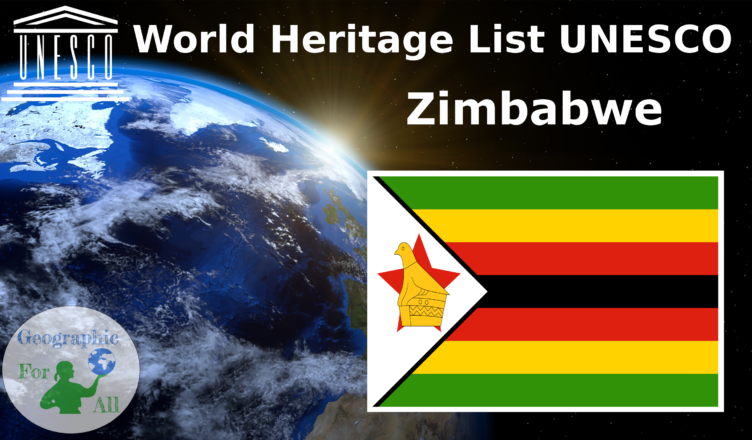World Heritage List UNESCO Zimbabwe currently includes 902 objects.
Spis treści
World Heritage List UNESCO Zimbabwe
302 Mana Pools National Park, Sapi and Chewore Safari Areas – 1984
On the banks of the Zambezi, great cliffs overhang the river and the floodplains. The area is home to a remarkable concentration of wild animals, including elephants, buffalo, leopards and cheetahs. An important concentration of Nile crocodiles is also be found in the area.
364 Great Zimbabwe National Monument – 1986
The ruins of Great Zimbabwe – the capital of the Queen of Sheba, according to an age-old legend – are a unique testimony to the Bantu civilization of the Shona between the 11th and 15th centuries. The city, which covers an area of nearly 80 ha, was an important trading centre and was renowned from the Middle Ages onwards.
365 Khami Ruins National Monument – 1986
Khami, which developed after the capital of Great Zimbabwe had been abandoned in the mid-16th century, is of great archaeological interest. The discovery of objects from europe and China shows that Khami was a major centre for trade over a long period of time.
509 Mosi-oa-Tunya / Victoria Falls – 1989
These are among the most spectacular waterfalls in the world. The Zambezi River, which is more than 2 km wide at this point, plunges noisily down a series of basalt gorges and raises an iridescent mist that can be seen more than 20 km away.
306 Matobo Hills – 2003
The area exhibits a profusion of distinctive rock landforms rising above the granite shield that covers much of Zimbabwe. The large boulders provide abundant natural shelters and have been associated with human occupation from the early Stone Age right through to early historical times, and intermittently since. They also feature an outstanding collection of rock paintings. The continue to provide a strong focus for the local community, which still uses shrines and sacred places closely linked to traditional, social and economic activities.
Description is available under license CC-BY-SA IGO 3.0
This post is also available in:
 polski
polski

